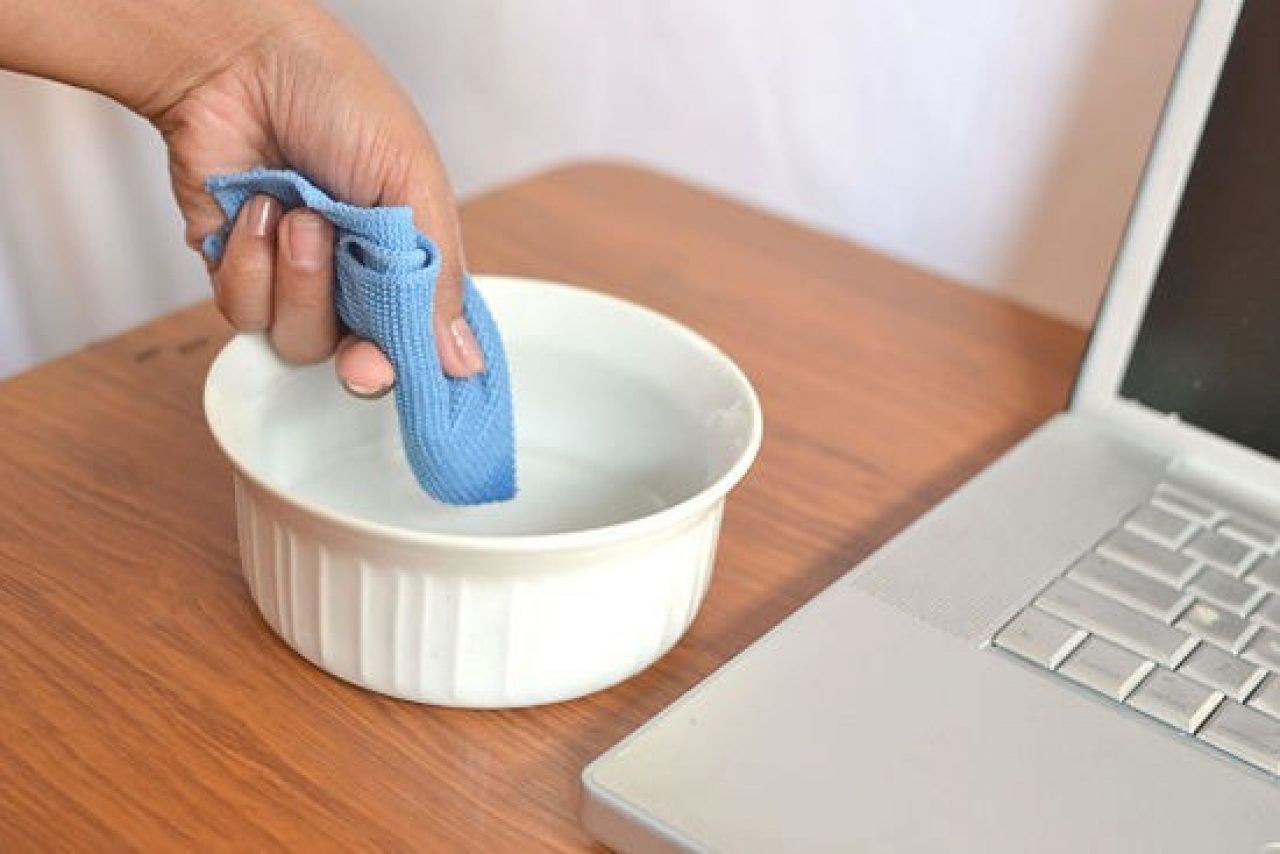The 5 Steps to Properly Clean Your Computer Monitor
I know, I know. You’re reading this headline thinking, there’s a proper way to clean my computer monitor? Seriously? Yes, seriously. And you should take cleaning your monitor seriously because if you don’t, lack of monitor hygiene can lead to premature monitor death. And no one wants premature monitor death. After all, monitors are expensive,
I know, I know. You’re reading this headline thinking, there’s a proper way to clean my computer monitor? Seriously?
Yes, seriously. And you should take cleaning your monitor seriously because if you don’t, lack of monitor hygiene can lead to premature monitor death. And no one wants premature monitor death. After all, monitors are expensive, sometimes a pain to set up and can even require a new cable to connect to your computer if you’re not careful. So, with that in mind, here’s what I do to clean my monitors. Your process can differ if you like, but it won’t be quite as, ahem, thorough. And if it’s not as thorough, well, it may not stay as clean. Just sayin’.
Now, a couple of quick notes before we begin with the steps, and these notes are in the form of a warning. There are two things that should never, ever, ever, ever, and for good measure, ever, touch your computer monitor. Those two things are household cleaning elements (like Windex or Formula 409) and paper towels. Hopefully, the first one is obvious. Harsh, ammonia based solvents can damage the precise (and expensive) elements of the monitor. After all, monitors today are made of several layers of material and while some materials don’t mind the liquid, there are just enough pieces of the monitor that don’t respond well that it’s best to stay away. For example, here’s what happens when you clean with household cleaner, even if you’re very careful:
That’s what happens when someone cleans with an ammonia based solvent. You don’t want that to happen to you.
As for the paper towels, the reason they are so awful is because they first, leave a trail of dust, and two, they aren’t smooth enough and can scratch the surface of a monitor, even if they’re wet. Don’t use paper towels because all you’re doing is moving dust around and potentially scratching your very expensive monitor.
So, with that out of the way, let’s get to the five steps. If you follow these steps, in order, you should be fine. And, a big shout out to the guys at How-To Geek. Their process is one I’ve used before and I’m glad that they’ve documented it for all to see. If you get a chance, head over to their extremely useful website and take a look at other “how-tos” for your computer.
- Turn Off Your Monitor: You should, at minimum, turn off your monitor. It’s better if you unplug entirely, but for sure, turn it off before you do anything.
- Dust, dust, dust: The thing about dusting your monitor is that it’s better if you don’t touch it. "How do I dust without touching?" I hear you saying. Well, not to worry. The best way to do hands-free dusting is to use a can of compressed air. You can buy these at any local grocer or superstore. They’re incredibly cheap and the best way to combat the number one enemy of all electronics—not just your monitor.
- Use a Microfiber Cloth: Microfiber is awesome. If you don’t know what it is, you should definitely look into it. Essentially, it’s a miracle of modern technology that makes wiping any surface, more effective and less prone to scratch. You can purchase a good one right here. Best part? They’re super cheap and last forever.
- Use a Microfiber Cloth with Water (optional): If you need a bit more cleaning power, don’t be afraid to dip the cloth into water (but not a ton of water!) and get it slightly damp. Then, wipe down your monitor, but do so gently. Remember, the last thing you want to do is have water seep in behind the monitor.
- Use a Microfiber Cloth with a vinegar/water solution (optional): The guys at how-to geek recommend a 50/50 split between water and white vinegar. For me, I prefer something a little less potent. I go 70/30, but you may have a stain that is just too difficult to get out, so let the stubbornness of your stain define your distribution split.
That’s it! If you’ve got any other questions or techniques for cleaning your monitor, hit me up in the comments!
--Andrew Parker, Managing Editor

 Member Connect
Member Connect